Now Viewing:
Farmington

Miss Porter’s School in Farmington
Miss Porter’s School, founded in 1843 in Farmington, is an elite, female, privately funded, 40-acre, educational institution in central Connecticut.
Read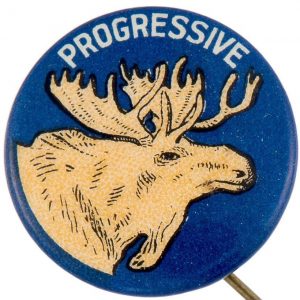
The Bull Moose Party in Connecticut
Connecticut expressed a brief interest in Theodore Roosevelt’s third-party, the “Bull Moose Party,” but the loss of the 1912 election proved career-ending for many candidates.
Read
Farmington’s Hospital Rock Dates Back to 18th-Century Smallpox Inoculation
Deep within the woods of Rattlesnake Mountain in Farmington are the remains of a late-18th-century smallpox inoculation hospital.
Read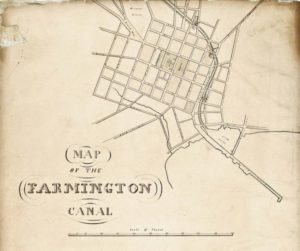
Farmington Canal Designed to Give Connecticut Commerce a Competitive Edge
The Farmington Canal serves as an example of how developments in transportation played a pivotal role in facilitating the country’s industrial activity.
Read
An Inconvenient Season: Charlotte Cowles’s Letters from December 1839
Letters between a sister in Farmington and a brother in Hartford reveal details about daily life at a time when the distance between the two communities wasn’t so easily traveled.
Read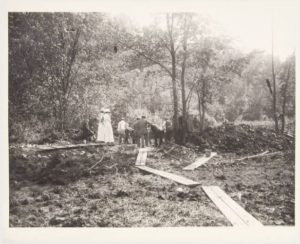
Mastodon Bones Unearthed – Today in History: August 13
On August 13, 1913, workmen unearthed the skeleton of a mastodon, in Farmington, while digging a trench on Alfred A. Pope’s farm and country estate, Hill-Stead.
Read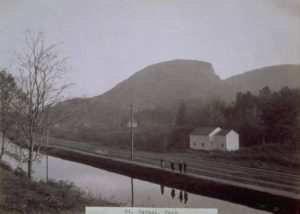
New England’s Grand Ambition: The Farmington Canal
Connecticut took leading role in waterway that transformed the region’s commerce.
Read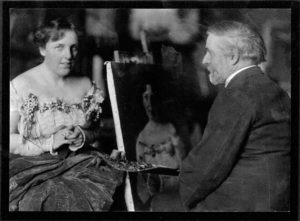
Theodate Pope Riddle: Connecticut’s Pioneering Woman Architect
Despite opposition from a male-dominated profession and a lack of formal training, Theodate Pope Riddle became a pioneering female architect.
Read
Theodate Pope Riddle Dies – Today in History: August 30
On August 30, 1946, Farmington’s Theodate Pope Riddle, one of the nation’s first successful woman architects, died at the age of 79.
Read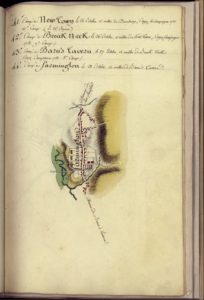
Map – Rochambeau’s Camp at Farmington
This map, “Camp à Farmington le 28 Octobre, 13 milles de Barn’s Tavern,” is a page from the manuscript atlas Amérique Campagne 1782.
Read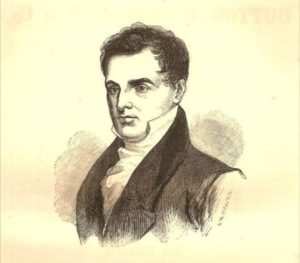
Medical Pioneer Eli Todd born – Today in History: July 22
On July 22, 1769, Eli Todd was born in New Haven and in 1824 became the first director of the Connecticut Retreat for the Insane in Hartford.
ReadMore Articles




